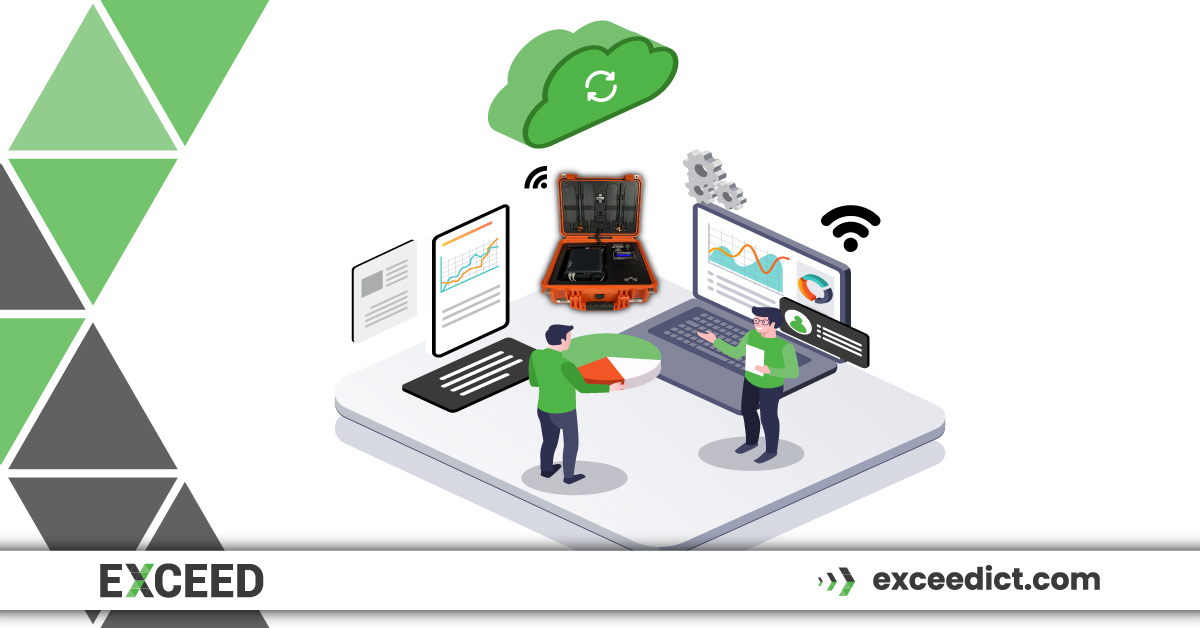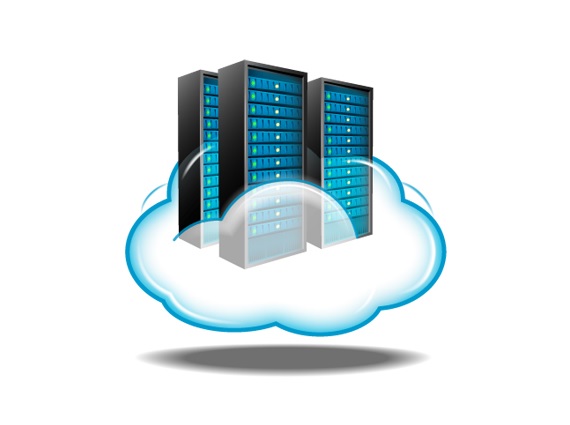
 What are Disaster Recovery Kits?
What are Disaster Recovery Kits?
A Disaster Recovery Kit, often referred to as a DR Kit, is a meticulously assembled collection of tools, equipment, and resources aimed at enabling organisations to swiftly recover and reinstate their vital IT systems and data in the aftermath of a disaster or unforeseen disruption. These disruptions can include natural disasters like earthquakes or floods, cyberattacks, hardware failures, or even human errors.
Disaster Recovery Kits Essential Preparations
Preparing a Disaster Recovery Kit involves several key components:
- Backup Infrastructure: This includes backup servers, data storage devices, and redundant hardware to ensure data availability.
- Communication Equipment: Radios, satellite phones, and internet access devices are essential for maintaining communication during crises.
- Power Sources: Generators and uninterruptible power supplies (UPS) guarantee uninterrupted electricity supply.
- Documentation: Detailed recovery procedures, contact information, and system configurations are crucial for effective recovery.
- Testing: Regular testing and updating of the DR Kit to ensure readiness.
What are the Uses of Disaster Recovery Kits ?
 Disaster Recovery Kits are primarily used to ensure business continuity in the face of unexpected calamities. They provide the necessary infrastructure and resources to restore IT services promptly.
Disaster Recovery Kits are primarily used to ensure business continuity in the face of unexpected calamities. They provide the necessary infrastructure and resources to restore IT services promptly.
These kits often include backup servers, communication equipment, data storage devices, power sources like generators or uninterruptible power supplies (UPS), and comprehensive documentation to guide the recovery process.
What are the importance of Disaster Recovery Kits ?
The importance of Disaster Recovery Kits cannot be overstated. In today’s digital age, most businesses heavily rely on their IT systems and data for day-to-day operations. Any downtime can result in significant financial losses, damage to reputation, and potential legal issues.
Having a well-prepared Disaster Recovery Kit minimises downtime, reduces the impact of disruptions, and ensures that essential services can continue running, safeguarding the livelihood of the organisation.
What are the Benefits of Disaster Recovery Kits ?
- Minimized Downtime: DR Kits enable organisations to recover quickly, reducing the duration of service interruptions.
- Data Protection: They ensure data integrity and availability, preventing data loss.
- Business Continuity: Essential services and operations can continue, maintaining customer trust.
- Cost Savings: While creating a DR Kit involves an initial investment, it is often more cost-effective than prolonged downtime.
- Compliance: Some industries require disaster recovery plans to comply with regulations.
For whom Disaster Recovery Kits are Essential ?
Disaster Recovery Kits are vital for:
- Small and Medium-sized Enterprises (SMEs): They often lack the resources for extensive recovery solutions.
- Large Corporations: Ensuring uninterrupted services is crucial for maintaining their operations and reputation.
- Government Agencies: To safeguard critical infrastructure and services.
- Healthcare and Financial Institutions: Where data security and service continuity are paramount.
- Non-profit Organisations: To protect valuable data and continue their operations during crises.
Frequently Asked Questions
Q1: Are Disaster Recovery Kits only for IT companies?
A1: No, Disaster Recovery Kits are essential for any organisation that relies on IT systems and data, regardless of their industry.
Q2: How often should a DR Kit be updated?
A2: It should be reviewed and updated regularly to ensure it aligns with the evolving needs of the organisation and any changes in IT infrastructure.
Q3: Can a cloud-based backup replace a physical DR Kit?
A3: While cloud backups are valuable, a physical DR Kit provides additional assurance during situations where cloud access may be compromised.
Q4: Are Disaster Recovery Kits expensive to create?
A4: The cost varies based on the organisation’s size and needs, but the investment is often outweighed by the potential losses incurred during downtime.
Q5: Can a Disaster Recovery Kit prevent disasters?
A5: No, it cannot prevent disasters, but it can significantly reduce the impact and recovery time, ultimately preserving business continuity.
In conclusion, Disaster Recovery Kits are an indispensable component of modern business continuity planning. They ensure that organisations can weather the storm, whether it’s a natural disaster or a cybersecurity breach, by swiftly restoring critical IT systems and data. Investing in a well-prepared DR Kit is an investment in the longevity and resilience of the organisation.
You may also like to know more about
- IT Disaster Recovery Planning Process for Ensuring Business Continuity.
- Disaster Recovery Plan For Ensuring Business Continuity in Challenging Times.
- Business Continuity Planning vs Disaster Recovery Planning.
- Step by Step Guide for a business continuity plan.
- What is Business Continuity Planning? Importance, Risk Assessment, & Core Objectives.
- Understanding the Disaster Recovery Planning – steps, benefits and best practices.
- Disaster Recovery Planning To Ensure The Connectivity in Crisis.
Stay connected with EXCEED ICT
Stay connected with EXCEED ICT by joining our social networks (given at footer). Get the latest updates, news, and tips for enterprise device deployment. Follow us on Twitter, Facebook, and LinkedIn for the best enterprise device deployment solutions.
Help us to improve our enterprise by rating us on Google Maps. Your feedback and comments are valuable to us and will be used to make our services even better.



 What are Disaster Recovery Kits?
What are Disaster Recovery Kits?